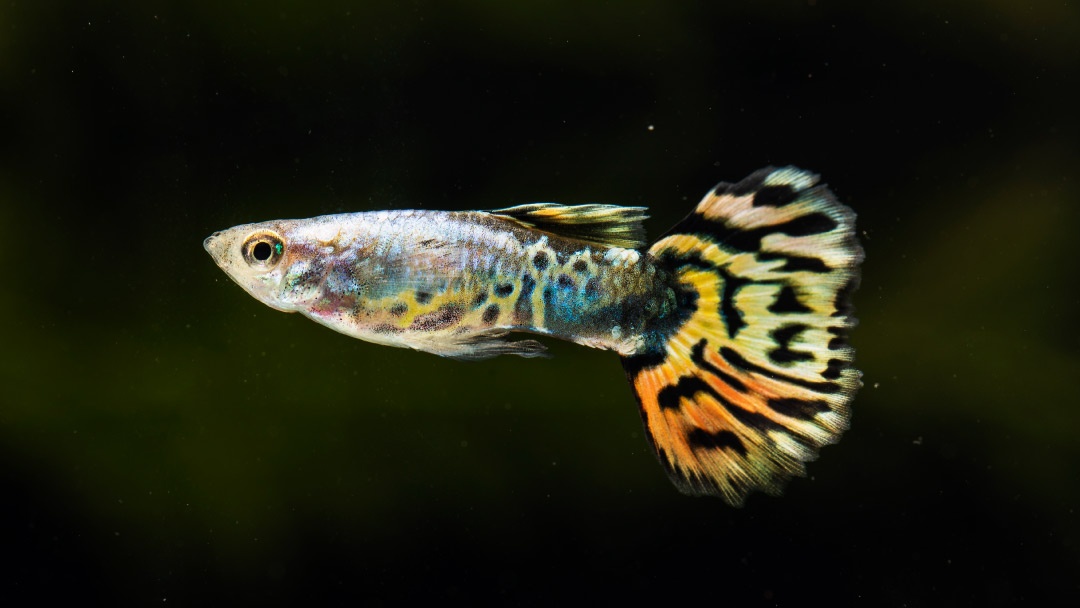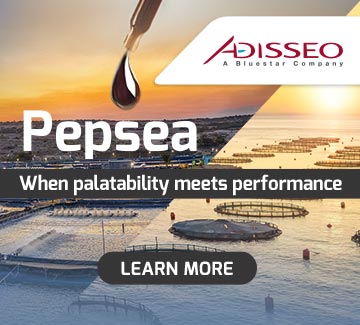
A recent study led by researchers at the University of Antwerp has demonstrated the potential of purple non-sulphur bacteria as a sustainable, high-value ingredient for ornamental aquaculture feed. The findings, published in Animal Feed Science and Technology, reveal that incorporating purple bacteria into the diets of guppies (Poecilia reticulata) can significantly enhance their growth performance, reproductive output, colouration and resilience to disease.
The trial evaluated two strains of these photosynthetic bacteria-Rhodobacter capsulatus and Cereibacter sphaeroides-included at 2% and 10% in fish formulations. These were compared against a traditional fishmeal-based diet and a diet supplemented with Chlorella pyrenoidosa, a carotenoid-rich microalga commonly used in ornamental aquafeeds.
According to the authors, “diets containing purple non-sulphur bacteria improved fish growth and reproduction, with the 10% Cereibacter sphaeroides feed resulting in the highest number of offspring.” Additionally, a “notable improvement in brightness among guppies fed with Rhodobacter capsulatus” was recorded-an important attribute in the ornamental fish trade.
One of the most significant outcomes was observed in the survival rate during a disease challenge. When exposed to Aeromonas hydrophila, a common aquatic pathogen, guppies fed with purple bacteria-enriched diets showed a survival rate of 78%, compared to just 33% in the control group fed a conventional fishmeal-only diet.
Beyond performance metrics, the researchers highlight the environmental and economic advantages of purple bacteria. These microorganisms can be cultivated in compact photobioreactors, using organic waste streams as feedstock, and do not compete with food crops for arable land or freshwater. They are rich in protein (up to 60% dry matter), essential amino acids, carotenoids, coenzyme Q10, and antioxidant compounds.
Their scalability, combined with their nutritional and functional properties, makes purple bacteria a promising solution for reducing dependence on fishmeal-a finite and increasingly costly resource.
With global interest in sustainable aquafeeds on the rise, especially in the ornamental sector where colour and vitality are key traits, purple bacteria offer a dual advantage: environmental sustainability and improved fish health and appearance.


